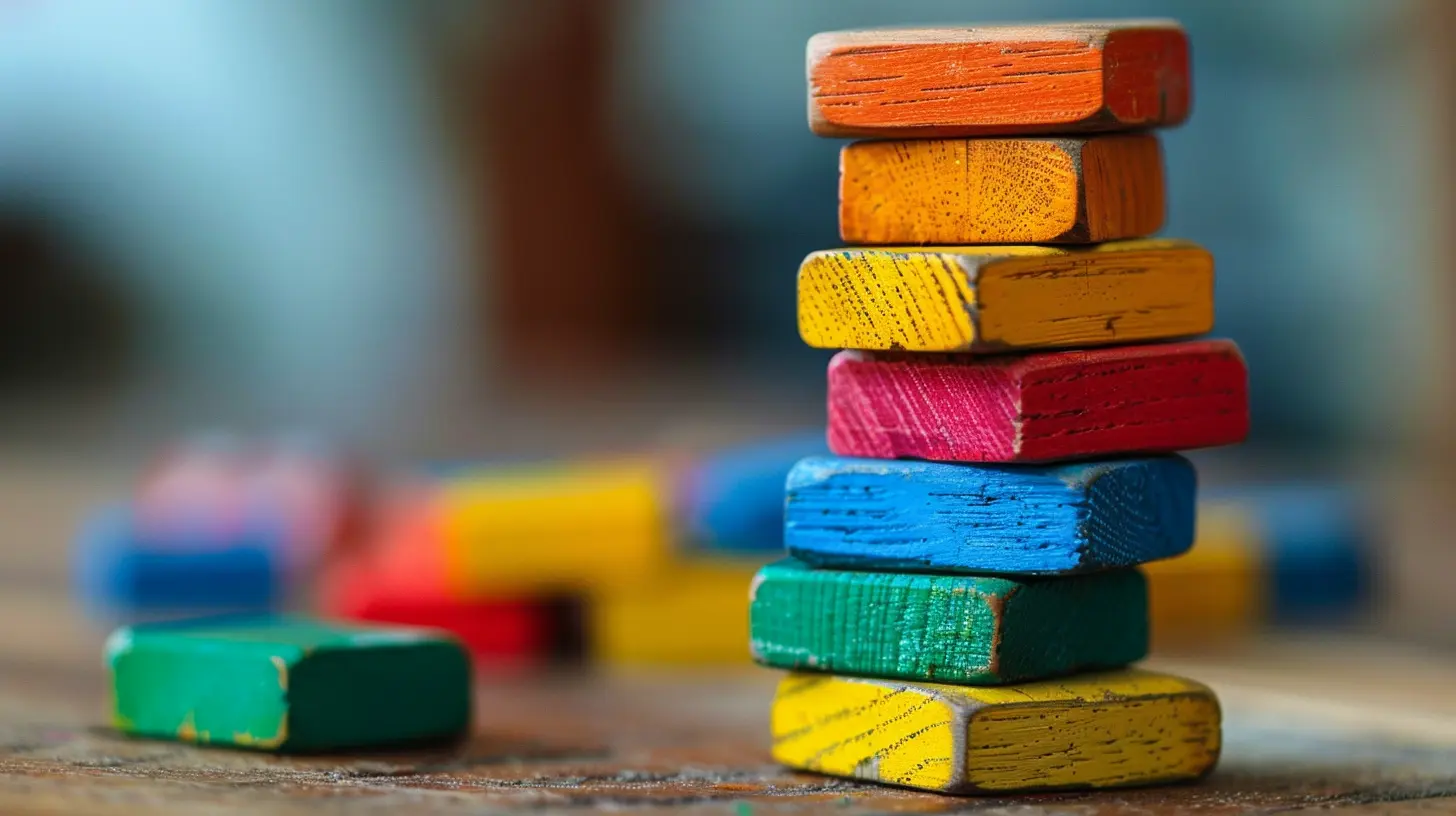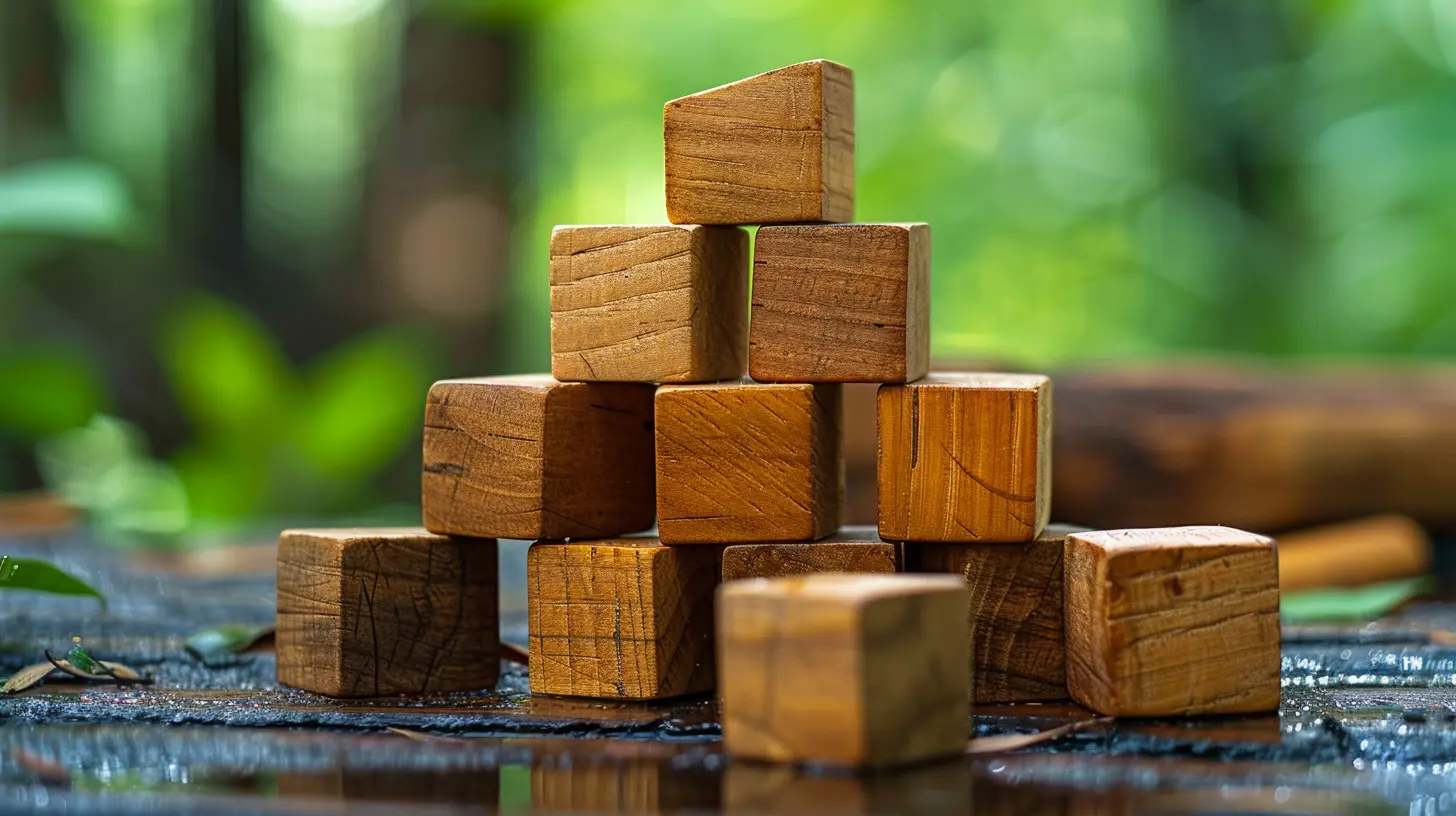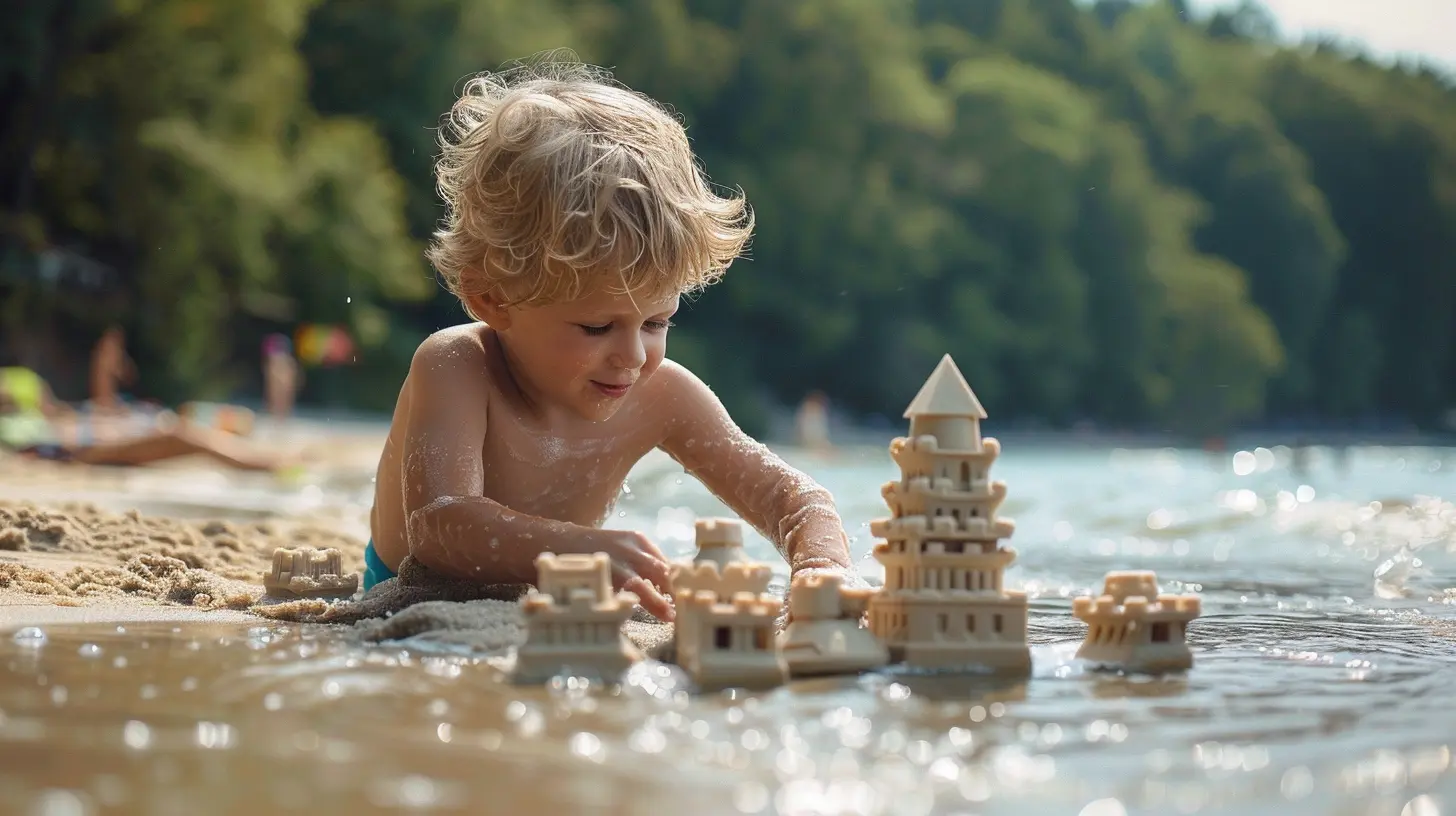The Importance of Structured vs. Unstructured Play
20 July 2025
When we think back to our own childhoods, chances are our fondest memories come from the times we were just… playing. Maybe it was pretending to be pirates on the jungle gym, building forts out of couch cushions, or racing our bikes down the hill at breakneck speed. Somewhere between the scraped knees and belly laughs, we were learning. And while we might not have known it then, play is a super important part of childhood development.
But here's a question that pops up a lot for parents today: should we give our kids more structured play or unstructured playtime? What’s the difference anyway? And which one benefits our kids more?
Let's break it all down—and don’t worry, we’ll keep it real and easy to digest. By the end of this post, you’ll have a solid understanding of both types of play and how to balance them to support your child’s growth.

What Is Structured Play?
Structured play (also called guided play) is any kind of play that has rules, directions, or goals—usually led by an adult. Think of activities like:- Playing soccer at team practice
- Joining a dance or gymnastics class
- Doing a puzzle
- Playing board games with family
- Following along in a craft activity
This type of play is intentional. It often has a beginning, middle, and end, and there’s usually some kind of objective. It’s also great for learning certain skills in more focused ways.

What Is Unstructured Play?
Unstructured play, on the flip side, is all about freedom. It’s child-led and spontaneous. Examples include:- Free play at the park
- Drawing or building just for fun, with no specific plan
- Playing pretend with dolls or action figures
- Running around the backyard chasing butterflies
- Making up games on the spot
There are no rules (except for basic safety ones), no adult guiding the process, and no end goal. Just good old-fashioned imagination and discovery.

Why Play Matters (A Lot More Than You Think)
Let’s pause for a sec and talk about why play, in general, is such a big deal for kids. Play isn’t “just” play—it’s how kids learn about the world around them. It helps them:- Build social skills
- Learn emotional regulation
- Develop physical coordination and motor skills
- Solve problems creatively
- Boost resilience and confidence
Now imagine how different types of play pull different levers in that development journey. That's where balancing structured and unstructured play becomes really important.

The Perks of Structured Play
Structured play has a lot going for it, and there’s a reason so many schools and programs rely on it.1. Builds Discipline and Focus
When kids follow directions, stick to rules, and complete tasks in an organized fashion, they’re practicing focus and discipline. Whether it's a soccer drill or a coloring worksheet, structured play teaches them to concentrate and persist through challenges.2. Encourages Teamwork and Cooperation
Group activities like sports or dance recitals teach children how to listen, take turns, and work toward a common goal. These skills are super important later in life—not just in school, but also in friendships and future workplaces.3. Introduces Specific Skills
Because there's an adult guiding the activity, structured play can be used to teach targeted skills. Want your child to improve their fine motor coordination? Try arts and crafts. Working on math? Board games can sneakily reinforce numbers and strategy.4. Offers a Safe Learning Environment
For children who might feel overwhelmed by too much freedom, structured play can offer clear expectations and a sense of security. It gives a predictable rhythm to their day, which many little ones thrive on.The Magic of Unstructured Play
Now let’s talk about unstructured play—the kind where creativity, independence, and spontaneity reign.1. Builds Imagination and Creativity
When children invent their own games, characters, and rules, they’re flexing their creative muscles. They're learning how to think outside the box and imagine new realities—a skill that's super useful in problem-solving later in life.2. Encourages Independence and Decision-Making
Kids in unstructured play are the decision-makers. They decide what to play, how to play it, and when it ends. This helps them develop autonomy, confidence, and critical thinking skills.3. Supports Emotional Growth
You’d be surprised how much emotional work kids do during unstructured play. Acting out scenarios with dolls or solving conflicts with a friend at the playground teaches empathy, perspective-taking, and conflict resolution.4. Allows for Physical Freedom
Running, jumping, climbing, and dancing—unstructured play lets kids get their energy out in ways that feel natural to them. It’s not about performing or improving. It’s about movement for movement’s sake. And that kind of activity is essential for physical development and managing stress.
So…Is One Better Than the Other?
It’s tempting to pick a “winner” here, but the truth is, both types of play are crucial in their own ways. It’s like comparing vegetables and fruit—both are great for you, but they serve different purposes in your diet. The same goes for structured and unstructured play in your child’s developmental “menu.”Instead of choosing one over the other, think about balance.
Some days might be full of structure—school, piano lessons, soccer practice. Others should leave room for your child to just chill, create, and explore on their own terms.
How to Find the Right Balance for Your Child
Every child is different. Some need more guidance. Others thrive in freeform settings. That’s why there’s no one-size-fits-all answer—but here are a few tips to help you find a good rhythm:1. Watch and Listen
Kids will let you know what they need—if we’re paying attention. Are they overwhelmed by too many scheduled activities? Pushy during group play? Anxious with downtime? These are clues.2. Build in Unstructured Time Daily
Even if it’s just 30 minutes after school, give your child time to do their own thing. That could be drawing, digging in the yard, or just lying on the floor daydreaming. Don’t overschedule every hour.3. Offer a Variety of Opportunities
Expose your child to both kinds of play. Enroll them in a class they’re interested in, and also encourage them to build a LEGO world with no instructions. Variety keeps things fresh and gives them a wide range of skills.4. Let Boredom Be the Spark
Ever heard “I’m bored!” and felt the urge to swoop in with an activity? Next time, don’t. Boredom can be a launchpad for creativity. When kids sit with that discomfort, they learn to look inward for ideas rather than outward for direction.5. Celebrate the Process, Not Just the Product
Especially in structured play, it’s easy to focus on the outcome—a perfect craft or a winning goal. But the real value comes in the trying, the failing, and the figuring-it-out. So celebrate effort and curiosity, not just achievement.
Real-Life Examples: Structured vs. Unstructured in Action
Let's say your 7-year-old is in a local soccer league (structured). They’re learning how to follow cues, work with teammates, and handle both winning and losing.Then on Saturday morning, they spend two hours playing “zombie school” with their little brother in the backyard (unstructured). They create characters, set the rules, role-play, and manage any disagreements themselves.
Both experiences? Equally valuable.
The soccer practice builds discipline and social coordination; the make-believe game develops imagination and emotional intelligence. It’s kind of like cross-training for the brain.
What About Screen Time?
Now, before we wrap up, let’s quickly touch on a common parent question: does screen time count as play?Short answer: it depends.
Some apps and games can encourage creativity and learning, especially if they’re interactive and age-appropriate. But endless passive scrolling or watching hours of YouTube? Not so much.
To keep it healthy, balance screen time with real-time play—both structured and unstructured. Let screens be a side dish, not the main course.
Final Thoughts: It’s Not an Either-Or, It’s a Yes-And
At the end of the day, structured and unstructured play aren’t rivals; they’re teammates. Each supports your child’s development in unique and powerful ways. Structured play introduces discipline and guided learning. Unstructured play nurtures independence and creativity.So let’s stop feeling guilty about not enrolling our kids in every program—or about letting them dig through the mud and make a mess. Both are valuable. Both matter. And both help our little humans grow into happy, capable, curious big humans.
So go ahead—let them run wild, and then schedule that art class. You're doing just fine.
all images in this post were generated using AI tools
Category:
Child DevelopmentAuthor:

Liam Huffman
Discussion
rate this article
1 comments
Finnian Wilcox
This article effectively highlights the essential balance between structured and unstructured play in child development. While structured activities teach valuable skills and discipline, unstructured play fosters creativity and independence. Both forms are crucial, and parents should aim to incorporate a mix for holistic growth.
August 4, 2025 at 2:52 AM

Liam Huffman
Thank you for your thoughtful comment! I completely agree that a balance of both structured and unstructured play is vital for holistic child development.


